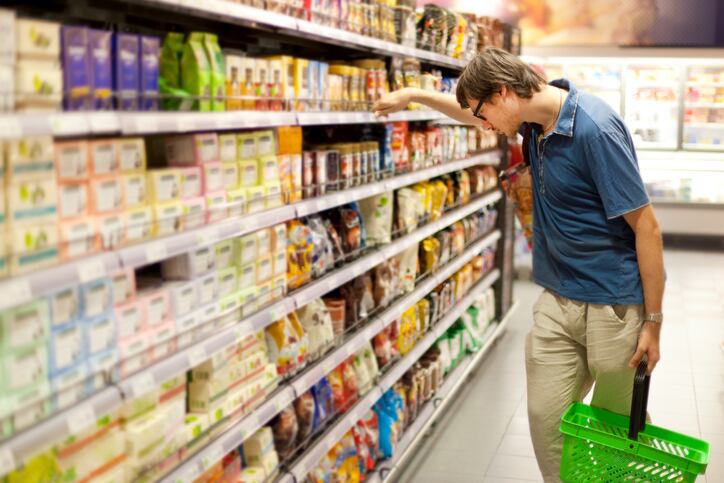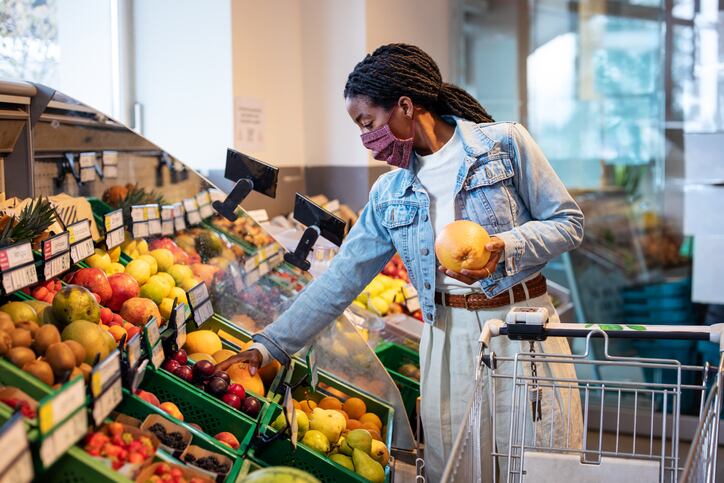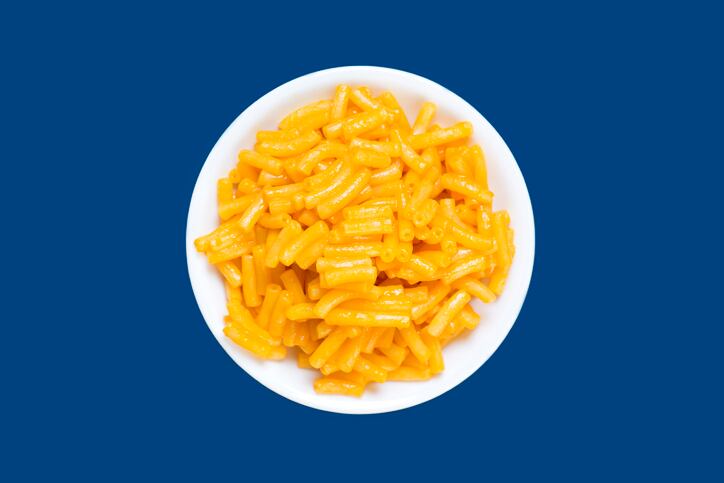“We’re finalizing our plans right now, but we’ll go out to the retailers later this month, and then it is about a 60 to 90-day lead time depending on the customer before [price increases] actually hit the shelf. So, we expect … mid-third quarter is when the second wave of pricing will hit” in the US, followed by “a little bit of pricing internationally that will hit in the fourth quarter,” CEO Mark Schiller told investment analysts during the companies first quarter earnings call Nov. 9.
He explained that while the second round of increases isn’t ideal, he doesn’t expect tremendous push back from retailers or a dramatic decline as players across the industry are taking similar actions and elasticity remains very low with minimal impact on volume so far.
“We expect similarly low elasticity [following the second round of increases] as virtually every company has announced plans to take pricing across their brands,” he said.
Higher than expected inflation, costs
The second round of increases is necessary because the company underestimated the impact of inflation and transportation costs in the most recent quarters.
“We expected mid-single digit inflation in North America and low-single digit inflation internationally. Since that time, crops have become highly inflationary and transportation costs have continued to skyrocket, in each case more than we initially anticipated. As s a result, we now expect an additional $20 to $25m in inflation to hit our P&L this year, and we fully intend to take additional pricing actions to offset it,” he said.
Transportation is a top pain point
Hain has roughly 90% of its commodity and packaging costs covered for the balance of the fiscal year, but “remaining exposure lies primarily in transportation and labor, which impacts both costs and supplies,” Schiller said.
He explained that transportation is a pain point throughout the industry as a shortage of drivers in the US and abroad are delaying inbound materials and an inability to secure trucks is delaying outgoing orders.
To manage these issues, Schiller said Hain is working with customers to consolidate orders and “refine pickup and delivery windows to ensure we keep service levels high and to share costs.” This includes encourage customers who typically order a half truck’s worth of goods every week to instead order a full truck every other week.
Despite challenges surrounding transportation, Schiller said Hain is willing to pay higher prices to prioritize service for three reasons.
“We’re prioritizing service even when it requires increased costs because, one, in times of significant supply disruptions, strong service leads to increased shelf space and merchandising opportunities; two, additional sales growth will generate profit dollars to help offset the inflation; and three, it strengthens our customer relationships and positions us as a reliable go-to-partner in the future – especially when many are struggling with their service levels,” he said.
Raising prices is only one of several strategies that Hain Celestial will lean on to maintain margins as the cost of goods, production and transportation continue to rise.
The company also has “hundreds of active projects” underway to achieve close to $50m in productivity this fiscal year, including reducing factory labor needs, simplifying the business and further its sustainability agenda.
Targeted promotions offer consumer relief
At the same time that Hain is raising prices, it also is building up its promotional activity after pulling back on trade spending and merchandising events along side other industry players when demand during the first part of the pandemic was high.
“In some cases, we’re just adding back some of the promotional spending that we took out last year on brands that were having supply challenges,” but in the second half of the year Hain also launched “some major promotions going in the club channel” to align with distribution gains, Schiller said.
“Where we’re picking up significant distribution, we’re putting money behind that to make sure we get the end caps and we’re visible in the channels where we picked up distribution, and we’re having great success,” he said.
For example, the company currently is investing in bundling its snacks with other brands to “help all boats rise,” Schiller said. “We’re going to continue to do that [with] a number of incremental sizeable events that are secured, and that’s part of the reason we’re so confident in the growth that we’re going to see in the second half of the year.”
Better-than-expected growth
As these strategies take hold, Hain Celestial reported better-than-expected top and bottom line growth in Q1 that helped expand margins beyond projections.
The company reported flat year-over-year net sales, which outperformed an expected dip in the low to mid-single digits, and in North America adjusted net sales were down 1% over tough comps in the same period last year and up 8% versus fiscal 2020 (pre-pandemic).
“Importantly, margins expanded considerably versus a year ago with adjusted gross margin and adjusted EBITDA margins up 576 basis points and 487 basis points respectively,” Schiller said.
As such, the company now expects low single digit adjusted net sales growth in fiscal ’22, modest adjusted growth margin expansion and mid to high single digit adjusted EBITDA growth.




